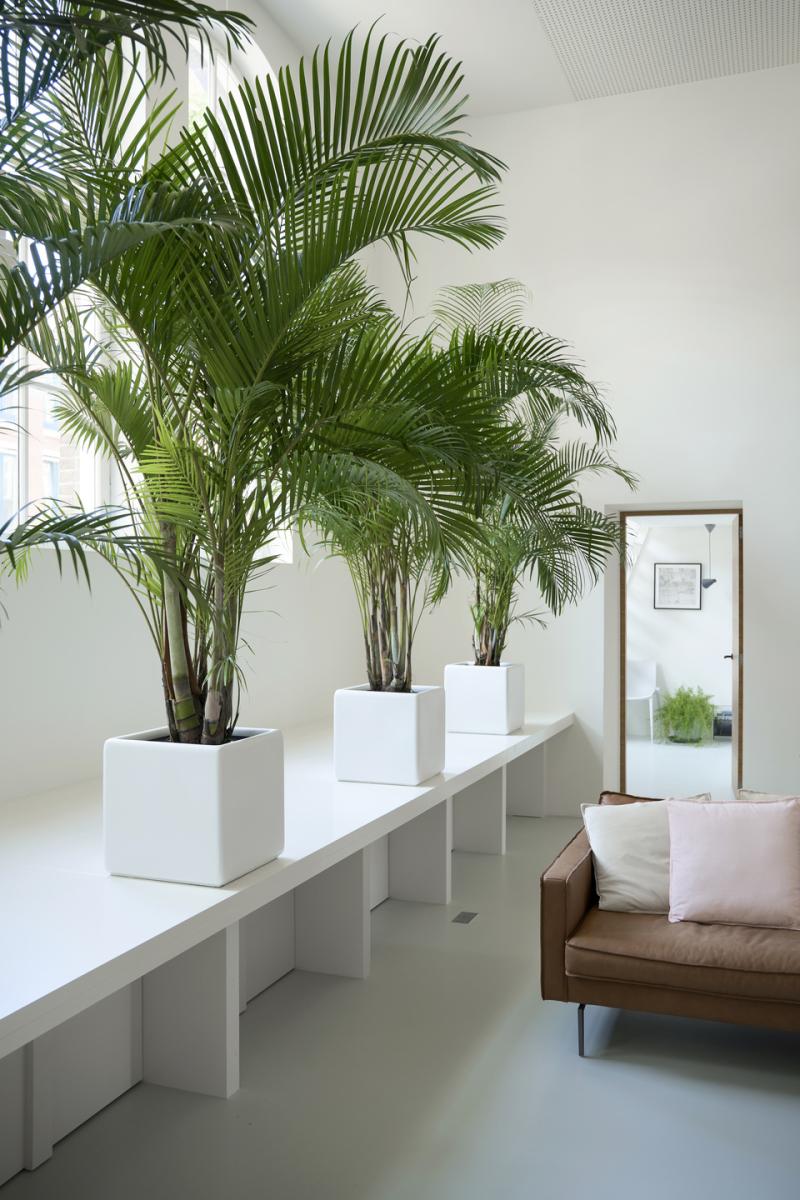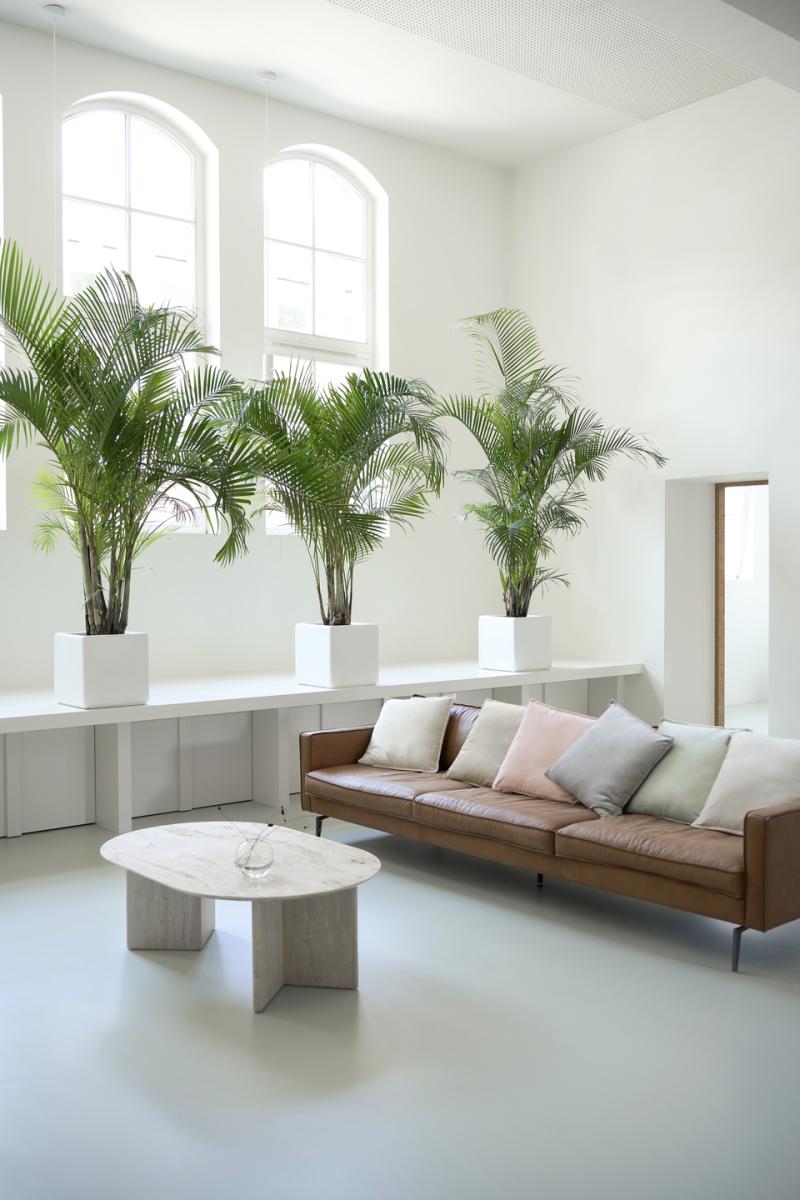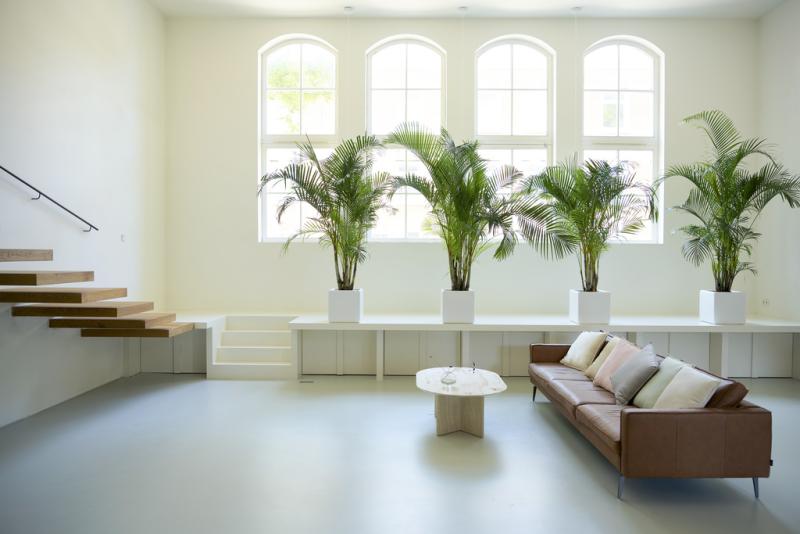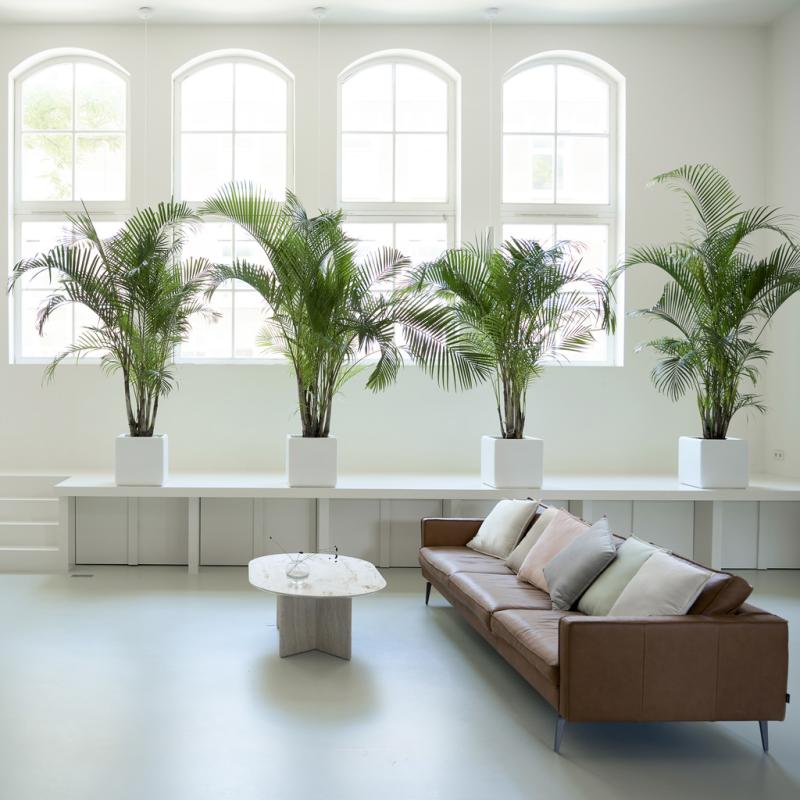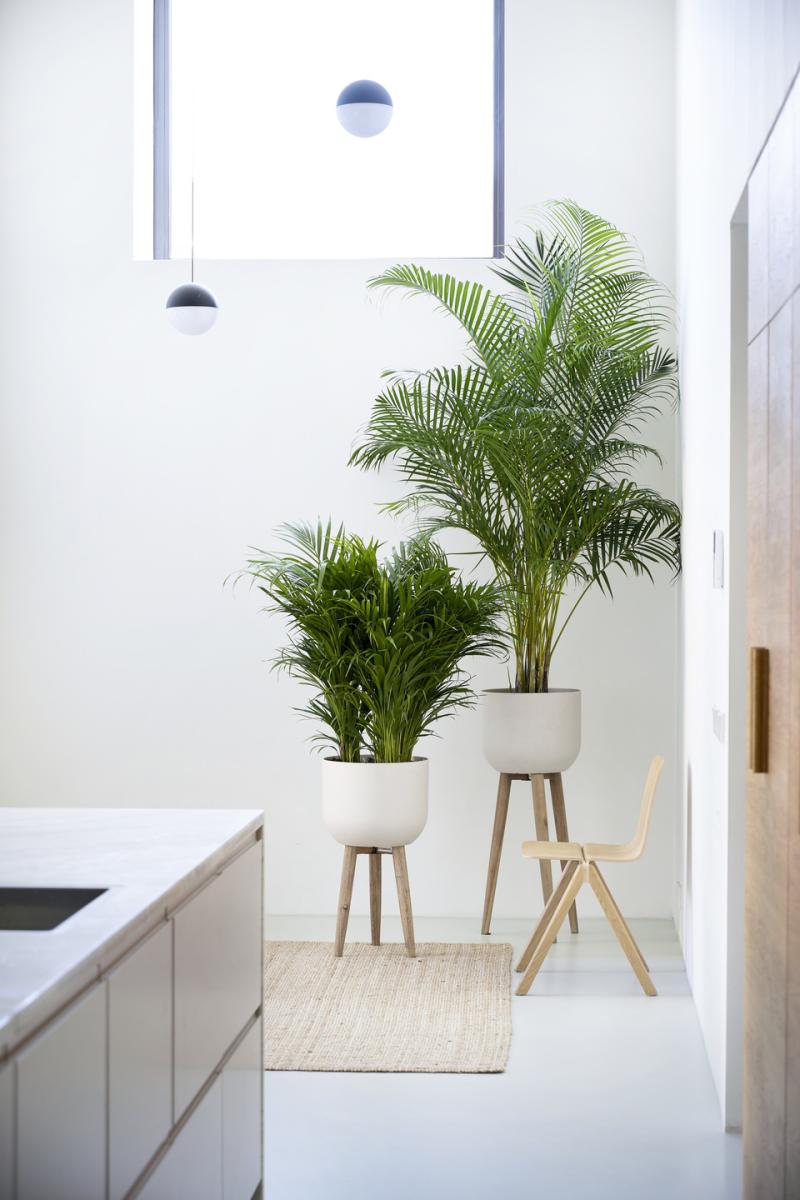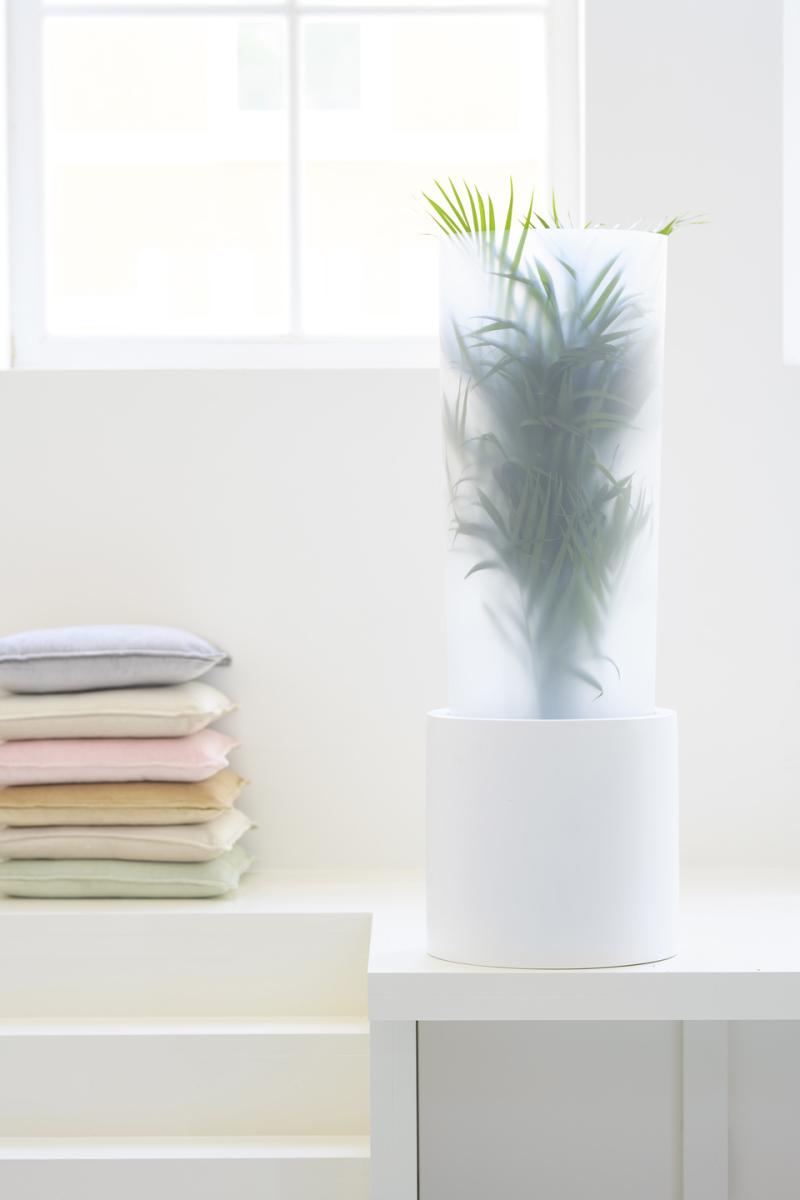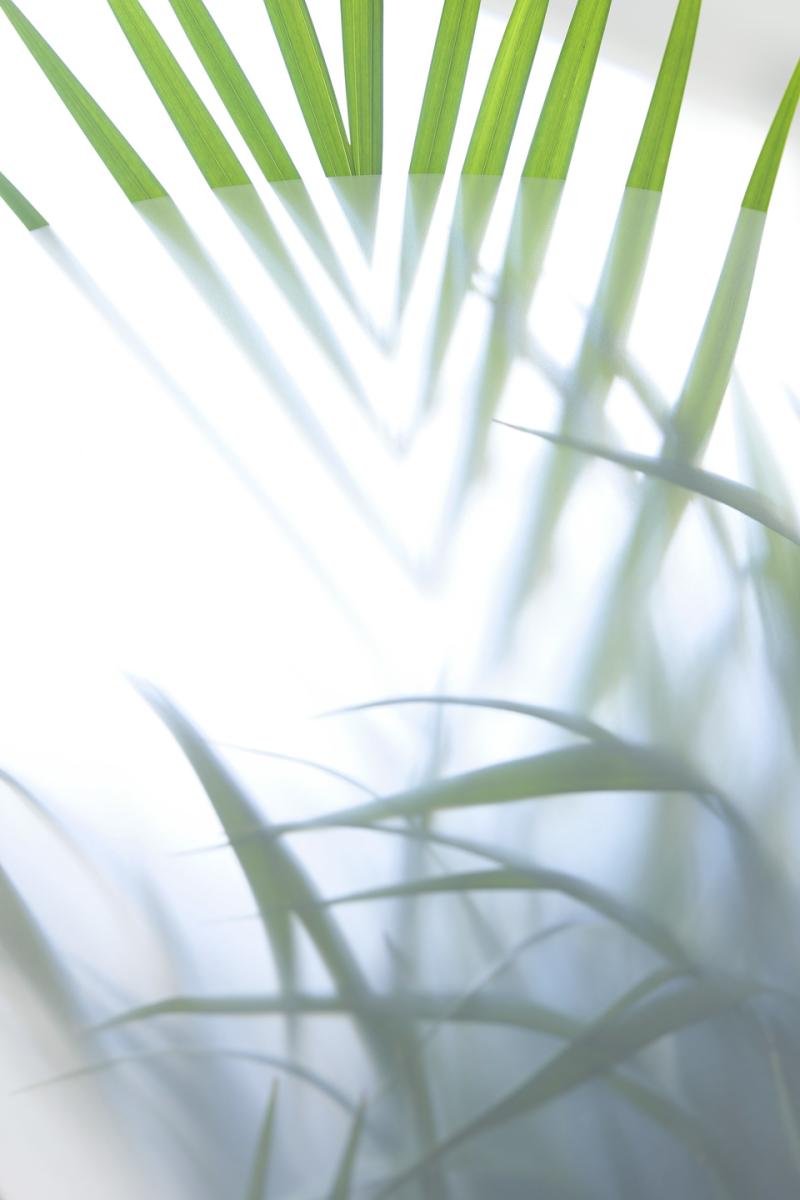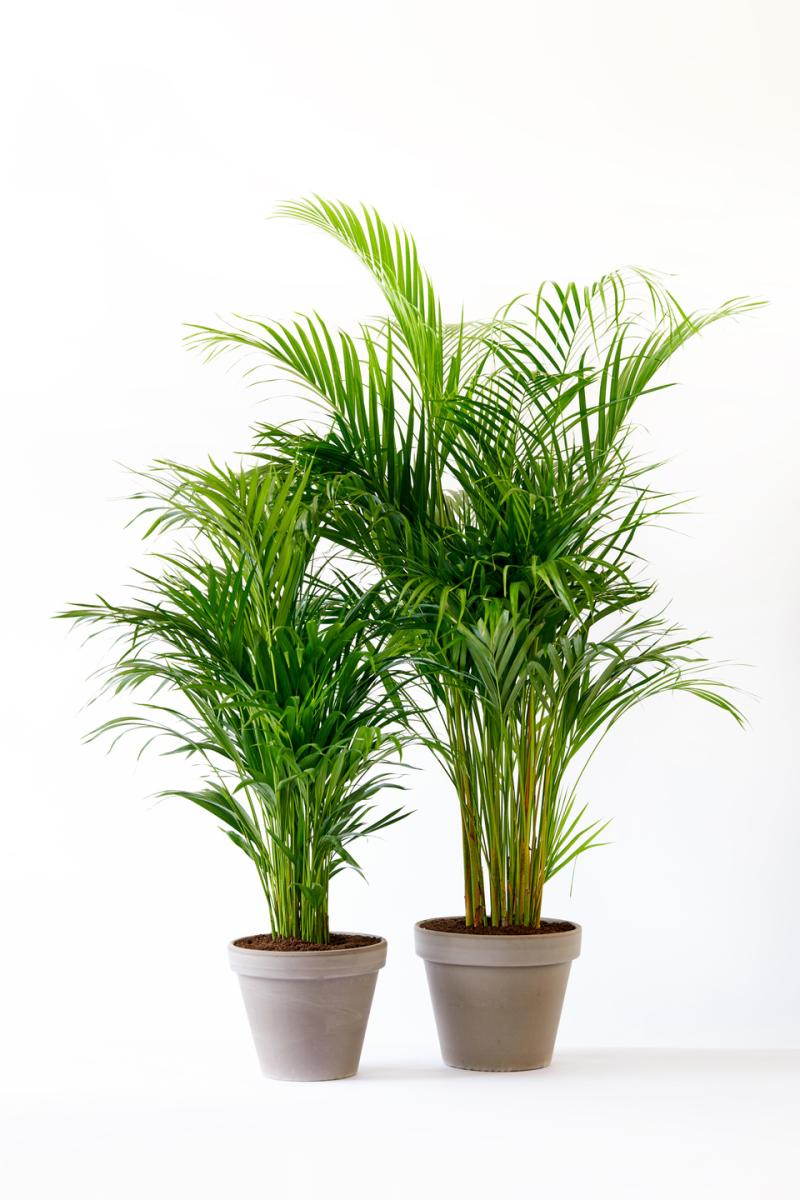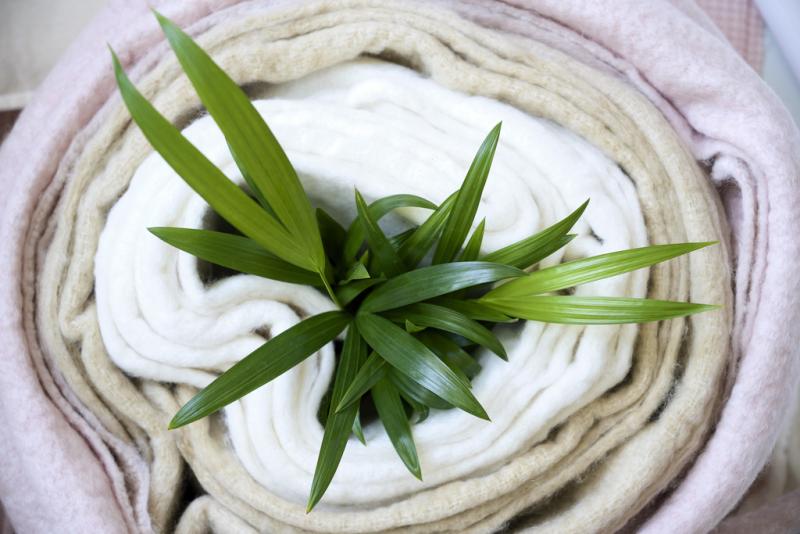Areca palm: Houseplant of the Month February 2020
The story of Areca palm
As soon as the Areca palm (scientific name: Dypsis syn. Areca) has settled into its spot, it’s a houseplant that projects nothing but calm. The palm has no central trunk - the reed-like stems all emerge directly from the soil and grow upwards in pale green narrow pointy leaves. They grow outwards in an attractive green fountain shape that looks cheerful, creates lots of atmosphere and also lends a touch of grace to the interior. Research by NASA also shows that Areca palm has an air-purifying effect in the home and help create good humidity - arguments that work well with consumers.
Origin
Areca palm is a member of the Arecaceae family, which also includes other palms. The plant is often still referred to by the old name of Chysalidocarpus. This can be confusing, so scientists and the plant trade have agreed to use the most recent name for this plant: Dypsis syn. Areca or the Areca palm.
Areca palm assortment
The range is limited; the Areca palm that is sold is Dypsis lutescens. It's available from pot size 9 for the smaller sizes from 38cm upwards through to substantial 6.5 metre high palm trees. The latter have pot sizes up to 1 metre, with stem thicknesses ranging from 5 to 7cm. A distinction is made between various growth habits: stem, bush and clump. Alongside the Areca palm there is another plant with the same genus name: Areca catechu, the betelnut palm. This is a much smaller brother which is highly decorative, and the nuts - which are actually the seeds - are often visible on the soil.
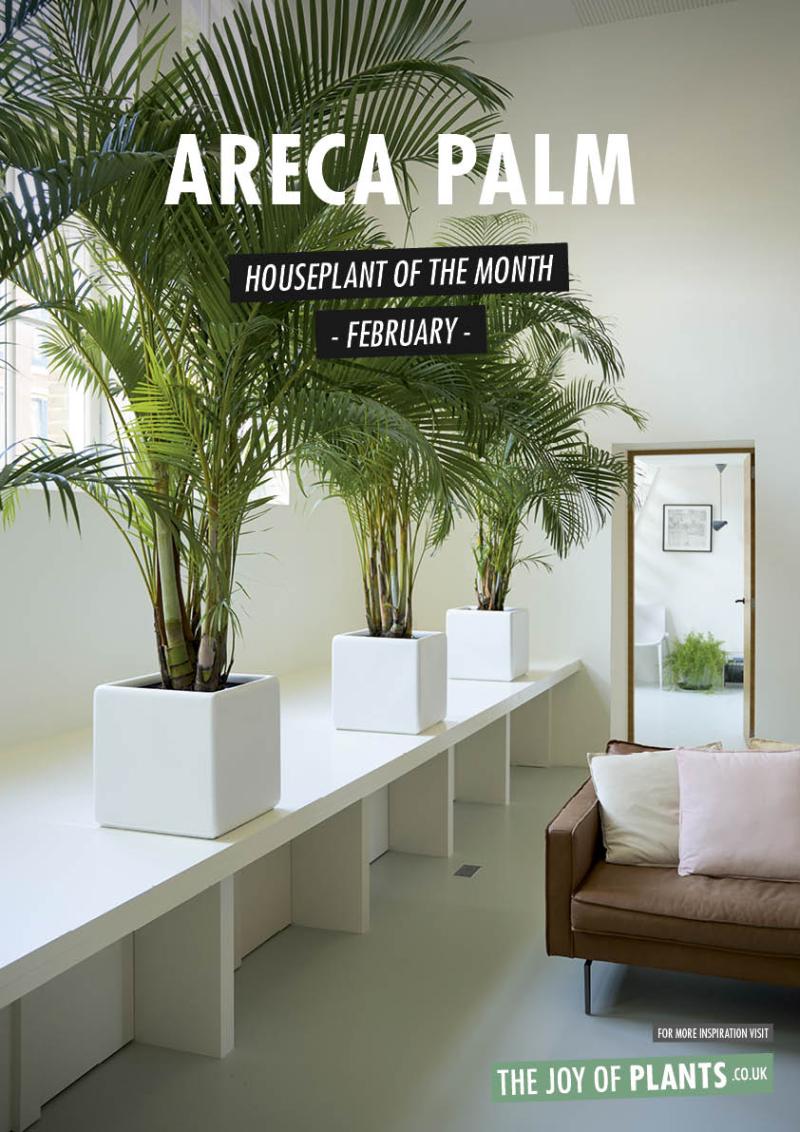
- First check that it is the right species. Younger plants in particular can sometimes be confused with Howea. The difference can be most easily seen from the stems directly above the soil. Howea is green and has brown fibres on the stem, whilst Dypsis’ stems have red spots. Areca palm’s leaves are thinner and narrower than Howea’s. The species particularly differ in terms of price (Areca palm is considerately cheaper), so it’s worth paying close attention.
- Also check the proportion between the pot size, thickness and height of the plant.
- Before purchase check that Areca palm is free of mealybugs and scale insects. These are hard for a florist or consumer to get rid of. The plant can also suffer from red spider mite, identifiable by greyish leaves and caused by being kept in conditions that are too dry.
- Plants must be free of yellow leaves or brown leaf tips, often caused by insufficient humidity or overwatering. Black spots, particularly in older plants, often indicate a too high salt concentration in the potting soil, which can be prevented by rinsing the pots with water.
- The temperature must be at least 12 °C or higher during shipping and storage. At lower temperatures it is important that the plants are in a sleeve in order to prevent cold damage. Cold damage causes dark spots on the leaves.
- Like all palms, the Areca palm is propagated from seed. The cultivation depends on the size and thickness of the plant. This means that the plant is thicker if it has been started with more seeds.
Care tips for customers
- Wrap the plant for the journey home during cold weather.
- Areca palm requires a light position. However, it’s best to avoid bright sunlight, particularly in the summer months.
- The bigger the plant is, the easier it is to look after: just adjust the watering to the size. The plant should regularly be given water (not too cold) so that the potting soil never dries out completely.
- Regular spraying is recommended in order to prevent disfigured leaf tips, which can occur in rooms with central heating during the winter months.
- In the summer this can also be done by placing the plant outside in the rain.
- Yellow, old or ugly leaves can be pulled off. The plant can also be placed on the patio or balcony in the summer, provided that temperatures do not drop below 12°C. Areca palm originates from the southern part of Madagascar, so this plant cannot cope well with cold.
Sales and display tips
Areca palm fit the interiors trend in where plants enfold and soften external influences. Opt for neutral pots for the display, made of matt glass, matt ceramic or smooth polished wood for example. The more serene the look, the more calming the impact of the display will be. With a large specimen you can show that it should be given some room, while the smaller plants look attractive in a row as a screening display. Display against a screen of tulle or very thin rice paper. Use lighting behind is to give out muted light in-between this curtain to reinforce Areca palm's softening buffer look; it should look like you've placed a filter over the display.
Areca palm images You can download and use the images below free of charge if you credit Thejoyofplants.co.uk.
Instagram: @thejoyofplants
Facebook: @thejoyofplants
Twitter: @thejoyofplants
For more information about the 2019 Houseplants of the Month selection, click here.
Areca palm poster
You can download the poster using the link below.

